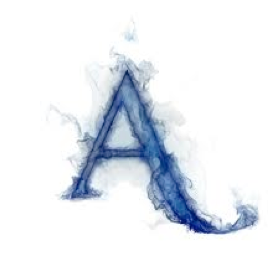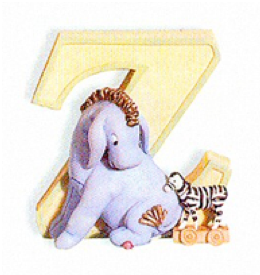The ABZ Lines
Nomenclature For Detecting Interstitial Lung Fluid

Narration
In addition to interrogating the pleural line for sliding to tell us if there’s a pneumothorax or not, we can also look for pathology at the pleural line that may represent something like interstitial fluid from pulmonary edema or CHF. When we do this we use a nomenclature that was developed by Dr. Daniel Lichenstein who was really the father of lung ultrasound, and we’ll talk about A, B, and Z lines with A lines and Z lines being normal, and B lines (the bad ones) being abnormal.
The ABZ Lines
 Lines
Lines
- A line – normal
- Reverberation artifact
Narration
So when we look at the pleural line, a normal reverberation artifact is what we call an A line and these are horizontal lines that are sort of evenly spaced below the pleural line and typically the presence of an A line indicates that you don’t have a pathologic B lines.
Z Lines
 Lines
Lines
- Z line – normal
- ”Comet tail”
- Tapers quickly
Narration
The other normal lines that we’ll see are what we call Z lines and these are comet tails or little tapering vertical lines that come from the pleural line but don’t go all the way to the back of the field and these are again normal and they help us to define the visceral pleura at the pleural line.
B Lines
 Lines
Lines
- B line – bad
- Abnormal
- All the way from pleural line to far field of screen
- Does not taper like Z lines
Narration
Now B lines are the pathologic ones and these are also comet tail artifacts - they are reverberation artifacts that cause a line to go vertically all the way from the pleural line to the far field of the image and they don’t taper like the Z lines so the presence of these, typically if there are more than 3 in a field, indicates pathology.